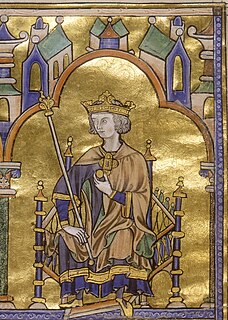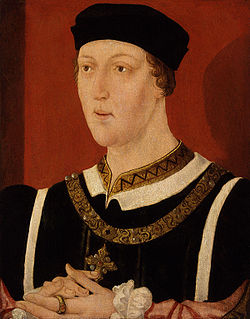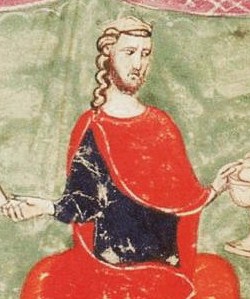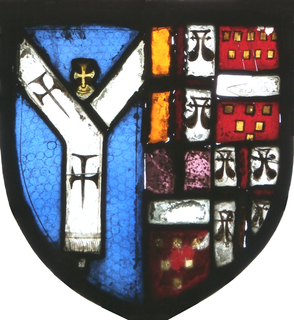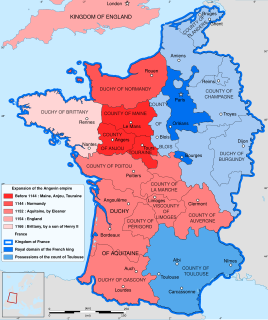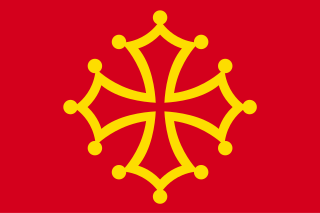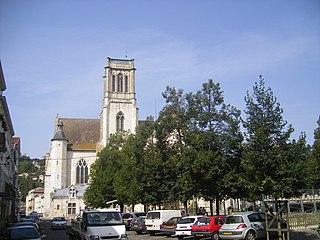Amalvinus (French : Amauvin or Amauguin) was the Count of Bordeaux in the late 9th and early 10th century. He is only recorded on two occasions in history. [1]

French is a Romance language of the Indo-European family. It descended from the Vulgar Latin of the Roman Empire, as did all Romance languages. French evolved from Gallo-Romance, the spoken Latin in Gaul, and more specifically in Northern Gaul. Its closest relatives are the other langues d'oïl—languages historically spoken in northern France and in southern Belgium, which French (Francien) has largely supplanted. French was also influenced by native Celtic languages of Northern Roman Gaul like Gallia Belgica and by the (Germanic) Frankish language of the post-Roman Frankish invaders. Today, owing to France's past overseas expansion, there are numerous French-based creole languages, most notably Haitian Creole. A French-speaking person or nation may be referred to as Francophone in both English and French.
The Count of Bordeaux was the ruler of the city of Bordeaux and its environs in the Merovingian and Carolingian periods. The names of the counts are scarcely known until the ninth century, when they start to take on a larger role because of their strategic importance in the defence against the Vikings. Over the next two centuries, the county of Bordeaux was brought into union with the Duchy of Gascony. The County of Saintes was often held concomitant with Bordeaux.
At the Council of Bourges in August 887, he appeared as count of Bordeaux along with William I of Auvergne, Odo of Toulouse, Sancho III of Gascony, and Archbishop Frotaire of Bordeaux. He was clearly one of the leading personages in Aquitaine at the time.
The Council of Bourges was a Catholic council convened in November 1225 in Bourges, France; it was the second largest church assembly held in the West up to that time, exceeded in the numbers of prelates that attended only by the Fourth Lateran Council. Summoned by the cardinal-legate Romanus Bonaventura, it was attended by 112 archbishops and bishops, more than 500 abbots, many deans and archdeacons, and over 100 representatives of cathedral chapters.

Aquitaine, archaic Guyenne/Guienne, is a historical region of France and a former administrative region of the country. It is now part of the region Nouvelle-Aquitaine. It is situated in the south-western part of Metropolitan France, along the Atlantic Ocean and the Pyrenees mountain range on the border with Spain. It is composed of the five departments of Dordogne, Lot-et-Garonne, Pyrénées-Atlantiques, Landes and Gironde. In the Middle Ages, Aquitaine was a kingdom and a duchy, whose boundaries fluctuated considerably.
He was a friend of Alfonso III of Asturias, rex Hispaniae, who calls him "duke" in a letter to the canons of Saint Martin of Tours. The canons had offered the king a golden and jewelled crown and the king readily consented to buy it. His ships and envoys landed in Bordeaux in May 906 to receive the crown which the canons had entrusted to Amalvinus. [2]

Alfonso III, called the Great, was the king of León, Galicia and Asturias from 866 until his death. He was the son and successor of Ordoño I. In later sources he is the earliest to be called "Emperor of Spain." He was also titled "Prince of all Galicia".
The Epistola Adefonsi Hispaniae regis anno 906 is a letter purportedly written by Alfonso III of Asturias to the clergy of the cathedral of Saint Martin's at Tours in 906. The letter is primarily about the king of Asturias purchasing a crown kept in the treasury of the church of Tours, but it also includes instructions for visiting the shrine of James, son of Zebedee, which lay in Alfonso's kingdom. An exchange of literature was also arranged in the letter. Alfonso requested a written account of the posthumours miracles worked by Saint Martin. In return the church of Tours would receive the Vitas sanctorum patrum Emeritensium, a hagriography of some early Bishops of Mérida.
